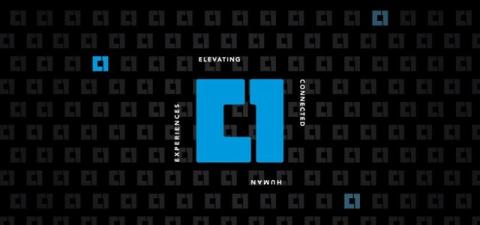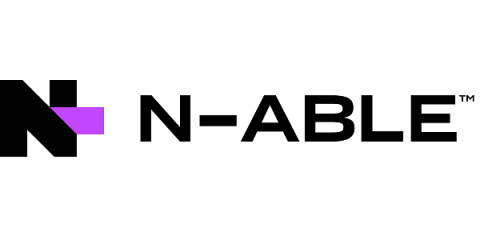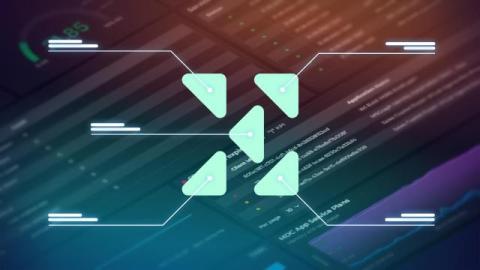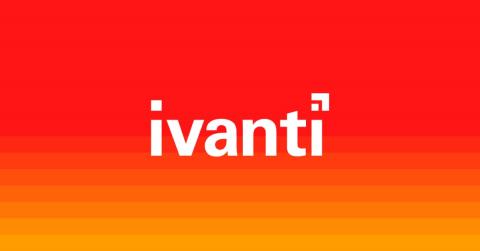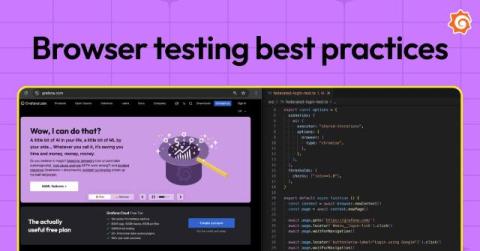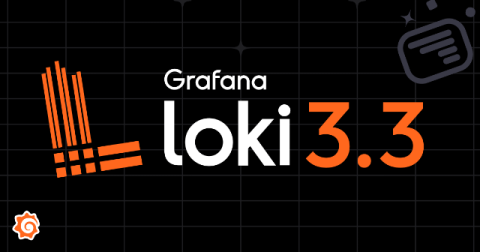C1 Edge Research Reveals 99% of Organizations Are Accelerating Generative AI Adoption to Enhance Employee and Customer Experiences
C1 publishes comprehensive report titled The Era of AI-Powered Connected Human Experience is Underway. The report details how organizations across multiple industries are rapidly integrating generative AI to improve automation, create new products and services, software development, and collaboration.


